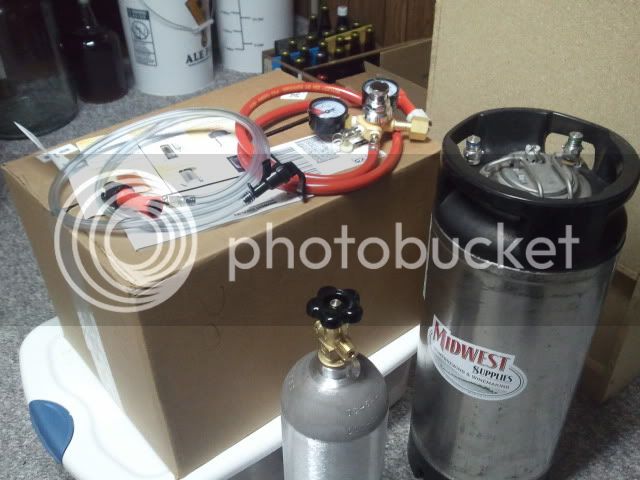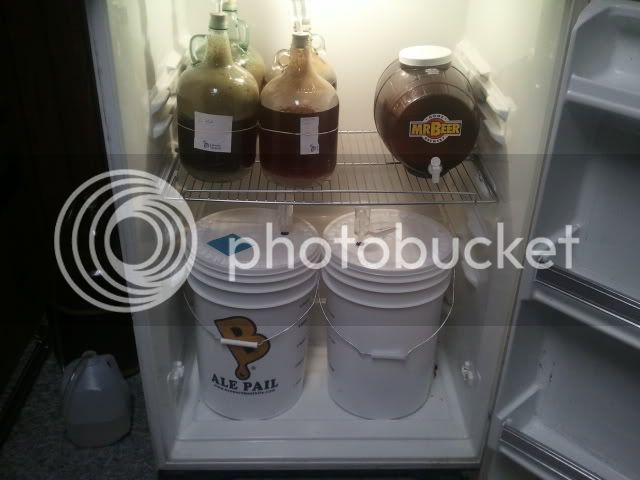http://www.midwestsupplies.com/kegg...c-single-tap-draft-system-w-pin-lock-keg.html
Should be here Wednesday, I bought the system while debating how to carb up my 2012 120min IPA - figured what the hell, it was long overdue.
Came with:
- One Pin Lock reconditioned 5 gallon stainless steel keg (22" Tall x 8.75" diameter.)
- A dual gauge regulator that tells you how much pressure you have on the keg as well as how much CO2 you have left in the CO2 tank
- A hand held tap
- All necessary hoses and fittings.
- 5 lb New Aluminum CO2 tank
I've been reading up and feel pretty good about setting it up and moving on to kegging my beer instead of bottling (very VERY VERY excited about not bottling 5 gallons every time I brew), however I haven't found a lot of DO / DON'T around. If any of you home brew kegging professionals out there want to share some common mistakes I should look out for, or good hobby practices, recommendations, please do. I will do something wrong inevitably but preventing as much as possible sounds like a pretty good idea!
I'm pretty amped, can't wait to make the move official!
Oh, and it has already been suggested that the first thing I should do is buy more kegs because A) I probably won't want to go back to bottles and B) How fast will one actually go through a keg of 16% IPA
Cheers!
Should be here Wednesday, I bought the system while debating how to carb up my 2012 120min IPA - figured what the hell, it was long overdue.
Came with:
- One Pin Lock reconditioned 5 gallon stainless steel keg (22" Tall x 8.75" diameter.)
- A dual gauge regulator that tells you how much pressure you have on the keg as well as how much CO2 you have left in the CO2 tank
- A hand held tap
- All necessary hoses and fittings.
- 5 lb New Aluminum CO2 tank
I've been reading up and feel pretty good about setting it up and moving on to kegging my beer instead of bottling (very VERY VERY excited about not bottling 5 gallons every time I brew), however I haven't found a lot of DO / DON'T around. If any of you home brew kegging professionals out there want to share some common mistakes I should look out for, or good hobby practices, recommendations, please do. I will do something wrong inevitably but preventing as much as possible sounds like a pretty good idea!
I'm pretty amped, can't wait to make the move official!
Oh, and it has already been suggested that the first thing I should do is buy more kegs because A) I probably won't want to go back to bottles and B) How fast will one actually go through a keg of 16% IPA
Cheers!





